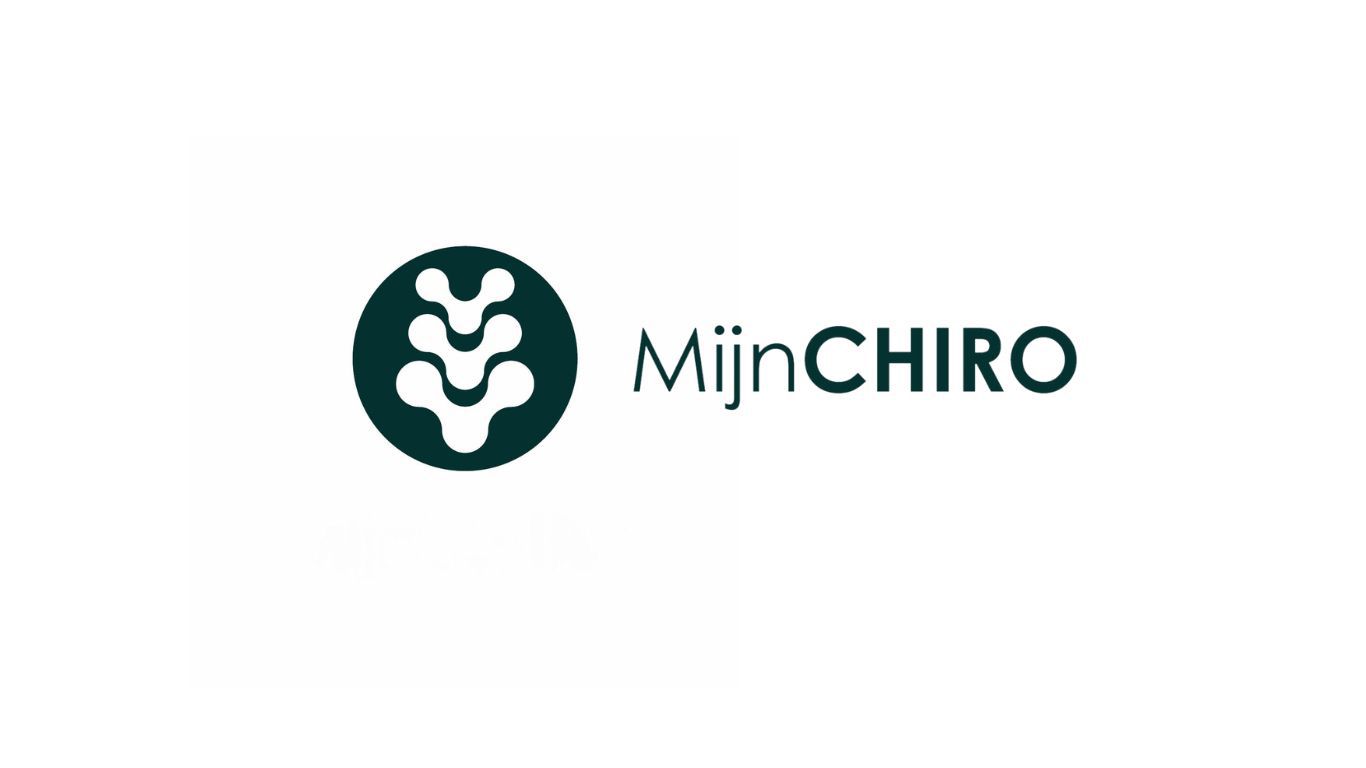Decoding Shoulder Blade Pain: The Role of the Cervical Disc
- Adam Cullinan

- Mar 18
- 2 min read
Decoding Shoulder Blade Pain: The Role of the Cervical Disc
Have you ever felt a sudden, stabbing pain in your shoulder or a persistent ache in your arm and wondered where it came from? Well, the answer might surprise you—it could be your neck!
Our bodies are intricate networks of nerves, muscles, and bones, all interconnected in ways that can sometimes baffle us. Pain, in particular, has a way of playing hide and seek, often appearing in locations far from the actual source. This is especially true for the spine and neck, complex structures that can send pain signals to various parts of the body.
Dr. Cloward’s Discovery: Neck Discs and Shoulder Blade Pain
In the 1950s, orthopedic surgeon Dr. Cloward demonstrated how a common cause of shoulder blade pain could actually stem from irritation of the cervical discs in the neck.
Dr. Cloward conducted studies by carefully stimulating different parts of the cervical discs—the cushion-like structures between the bones of the spine—and recording where the pain was felt. His findings revealed:
When he stimulated the front part of the disc, pain was felt in the mid-back, right between the shoulder blades.
When he stimulated the side of the front part, pain was experienced along the upper and inner edge of the shoulder blade on the same side.
When he stimulated the back part of the disc, pain was centered between the shoulder blades and spread across the mid-back toward the shoulders.
When he stimulated the side of the back part, pain radiated down the arm but never past the elbow.
Why Deep Massage Might Not Be the Answer
Many patients assume that the issue lies in trigger points around the shoulder blade. They believe they just need a deeper, harder massage or a forceful adjustment in that area. Often, they insist, "You need to work right there!" while tapping their back.
However, a deep massage in the wrong area can lead to temporary relief, followed by increased irritation or even bruising. This is because the true source of the pain is not in the shoulder blade itself but in the neck's cervical discs.
How Do We Know If the Cervical Discs Are the Cause?
In a previous article, I discussed how cervical joints can also cause shoulder blade pain. Since joints and discs work together, both could be involved!
Distinguishing the most likely cause is key to determining the right treatment approach. If you're unsure and want to learn more—or if you're ready to book an appointment—click here



